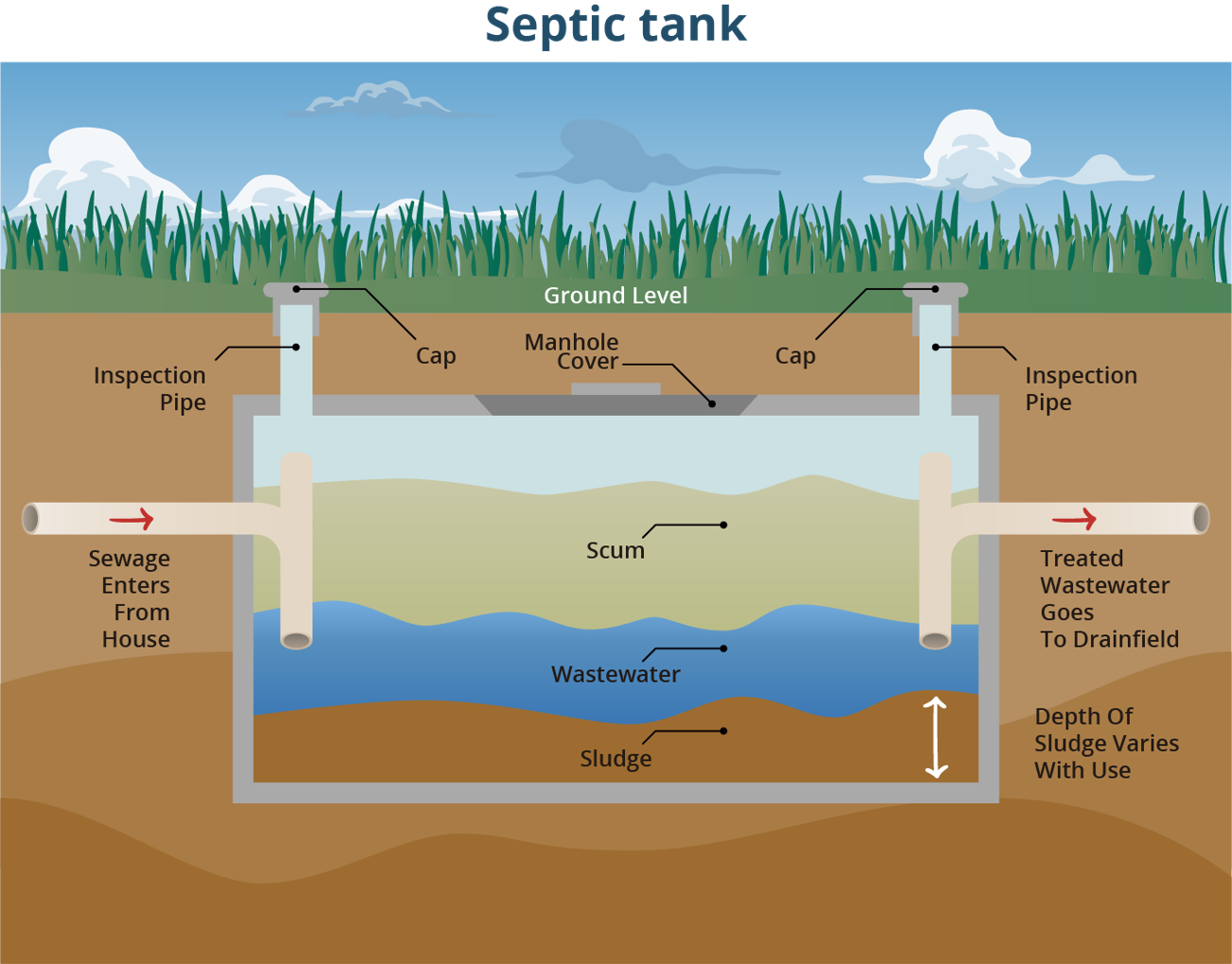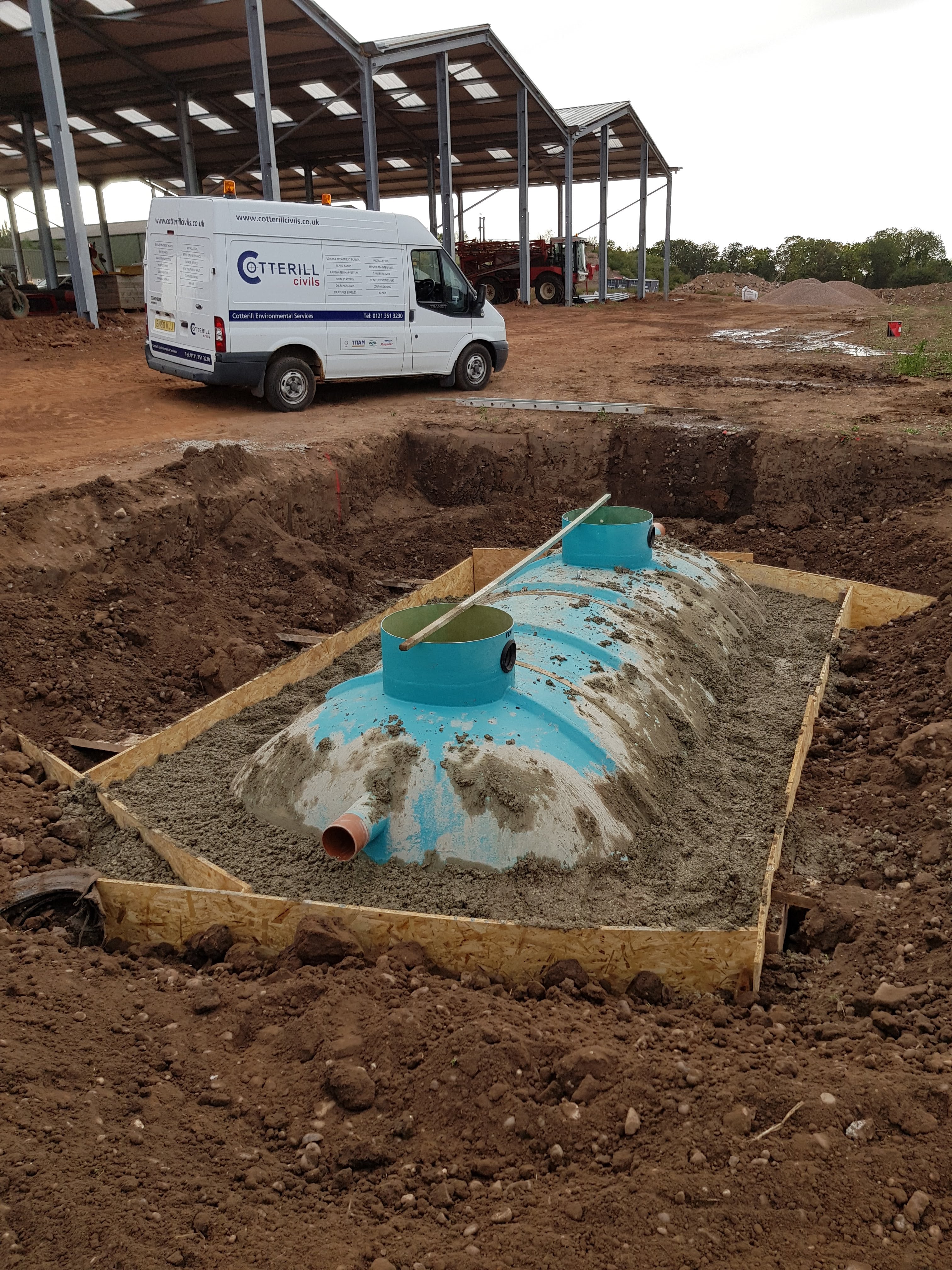Professional Septic Tank Pumping Near Me: Keeping Your System in Height Problem
Wiki Article
Translating the Language of Septic Tank Services: A Glossary of Terms for Clear Interaction and Recognizing
Are you puzzled by the jargon made use of in septic container services? Don't stress, we have actually got you covered! In this short article, we'll help you translate the language of septic storage tank services with an useful glossary of terms. From understanding the fundamentals of your septic tank to taking care of sludge accumulation, we'll provide clear explanations to make sure clear interaction and understanding. Bid farewell to confusion and hey there to a properly maintained septic system!Septic System: Comprehending the Essentials

If you are not familiar with sewage-disposal tanks, they are below ground containers that hold and deal with wastewater from your house. These tanks are an important part of your home's plumbing system, in charge of safely and successfully handling the waste produced by your daily activities. Understanding the fundamentals of sewage-disposal tanks is essential in order to ensure their appropriate functionality and stay clear of pricey repairs.
A septic tank contains 2 primary parts: the storage tank itself and the drainfield. The tank is where the wastewater moves into, and it is designed to divide solids from liquids. The solids resolve at the end of the container, creating a layer of sludge, while the fluids, recognized as effluent, increase to the top. The effluent after that moves into the drainfield, where it is additional treated and distributed right into the surrounding dirt.
Regular maintenance of your septic storage tank is important to prevent issues such as clogs, backups, and system failures. It is advised to have your container pumped every 3 to 5 years, depending on its dimension and use. Furthermore, it is essential to be mindful of what you purge down the drains and commodes, as specific chemicals and materials can damage the microbial balance in the storage tank.
Drainpipe Area: The Function of Dirt in Garbage Disposal
To maintain the appropriate capability of your septic system system, it is critical to understand the function of the drain area in waste disposal and exactly how the surrounding soil plays a key role in this procedure. The drainpipe area, additionally known as the leach field or absorption area, is an important part of a septic tank. Its key feature is to filter and treat the wastewater that spurts of the sewage-disposal tank.Once the wastewater leaves the septic system, it is dispersed equally across the drainpipe area through a network of pipelines or trenches. The drain field contains a layer of gravel or rock, which assists to distribute the wastewater uniformly and advertise efficient purification. Below the gravel layer, there is a layer of dirt that acts as a natural filter.
The dirt in the drain area plays a vital duty in the therapy of wastewater. As the wastewater percolates through the soil, it goes through an all-natural process of filtration and purification. The soil works as a physical and biological filter, getting rid of harmful bacteria, viruses, and various other impurities from the wastewater.
The structure and high quality of the dirt are essential for the efficient functioning of the drainpipe field - septic tank pumping. The soil ought to have excellent percolation rates to allow the wastewater to move with it conveniently. Furthermore, the soil must have enough oxygen degrees to sustain the development of cardiovascular germs, which aid in the breakdown of raw material in the wastewater

Effluent: the Liquid Waste From Your Septic Tank
As the wastewater leaves the drainpipe area, it is called effluent, and it is essential to understand the features and monitoring of this fluid waste from your septic system. Effluent is the term made use of to define the cured wastewater that drains of your septic system and right into the drainpipe field. septic tank pumping. This fluid waste contains a combination of water, natural matter, and dissolved solidsEffluent should be clear and complimentary of any undesirable smells. If you notice any foul smells or discoloration, maybe an indication of a problem with your septic tank. Normal upkeep and pumping of your septic storage tank can help ensure that the effluent remains tidy and totally free from pollutants.
Proper monitoring of effluent is crucial to stop contamination of the surrounding environment. The drainpipe area is created to filter and deal with the effluent prior to it enters the dirt. It is essential to stay clear of any activities that can potentially damage the drainpipe field, such as car park lorries or planting trees with deep origin systems.
Sludge: Handling Solid Waste Build-up
When managing solid waste buildup in your septic system, appropriate management of sludge is vital. Sludge refers to the thick layer of solid waste that gathers at the base of your sewage-disposal tank with time. Otherwise managed appropriately, sludge can cause various concerns, such as blocking, backups, and also system failing.Normal maintenance is vital to avoid sludge accumulation. It is recommended to have your septic system pumped every 3 to 5 years, relying on the dimension of your home and the storage tank's ability. Pumping eliminates the collected sludge, permitting your septic tank to operate effectively.
Along with regular pumping, there are a few actions you can require to lessen sludge accumulation. Be mindful of what you flush down the drainpipe. Avoid taking care of non-biodegradable products, such as paper towels, diapers, and sanitary items. These can add to sludge buildup. Second, consider utilizing septic-safe products that will not disrupt the all-natural microbial balance in your system.
Pumping: Preserving the Wellness of Your Sewage-disposal Tank
Preserve the wellness of your sewage-disposal tank by frequently pumping it. Pumping is an essential upkeep task that helps avoid problems and ensures the proper functioning of your septic system. With time, strong waste and sludge build up in the container, which can result in blockages, back-ups, and also system failing. Pumping eliminates these built up solids, permitting the container to proceed running successfully.Routine pumping is suggested to stop the sludge from getting to high levels. The regularity of pumping depends upon various aspects such as the dimension of the storage tank, the variety of owners in your family, and the usage of water. Generally, septic systems ought to be pumped every three to five years. It's vital to keep web link in mind that every system is unique, and it's ideal to consult with an expert to identify the optimal pumping schedule for your certain circumstance.
Final Thought
So there you have it: a handy glossary of terms to aid you much better recognize the language of septic storage tank services. Whether it's finding out about the essentials of septic containers, understanding the function of the drain area, or knowing how to deal with sludge build-up, this glossary will make certain clear communication and a better understanding of your septic tank. Maintain these terms in mind to maintain the health and wellness and capability of your septic tank.A septic container consists of 2 primary elements: the tank itself and the drainfield.Regular maintenance of your septic storage tank is important to protect against concerns such as obstructions, back-ups, and system failings.To keep the correct capability of your septic tank system, it is vital to understand the function of the drain field in waste disposal and just how the surrounding soil plays a key function in more helpful hints this process. It is recommended to have your septic storage tank pumped every three to five years, depending on the dimension of your family and the storage tank's capacity. Whether it's finding out regarding the fundamentals of septic containers, comprehending the role of the drain field, Go Here or understanding how to deal with sludge accumulation, this glossary will make sure clear communication and a better understanding of your septic system.
Report this wiki page